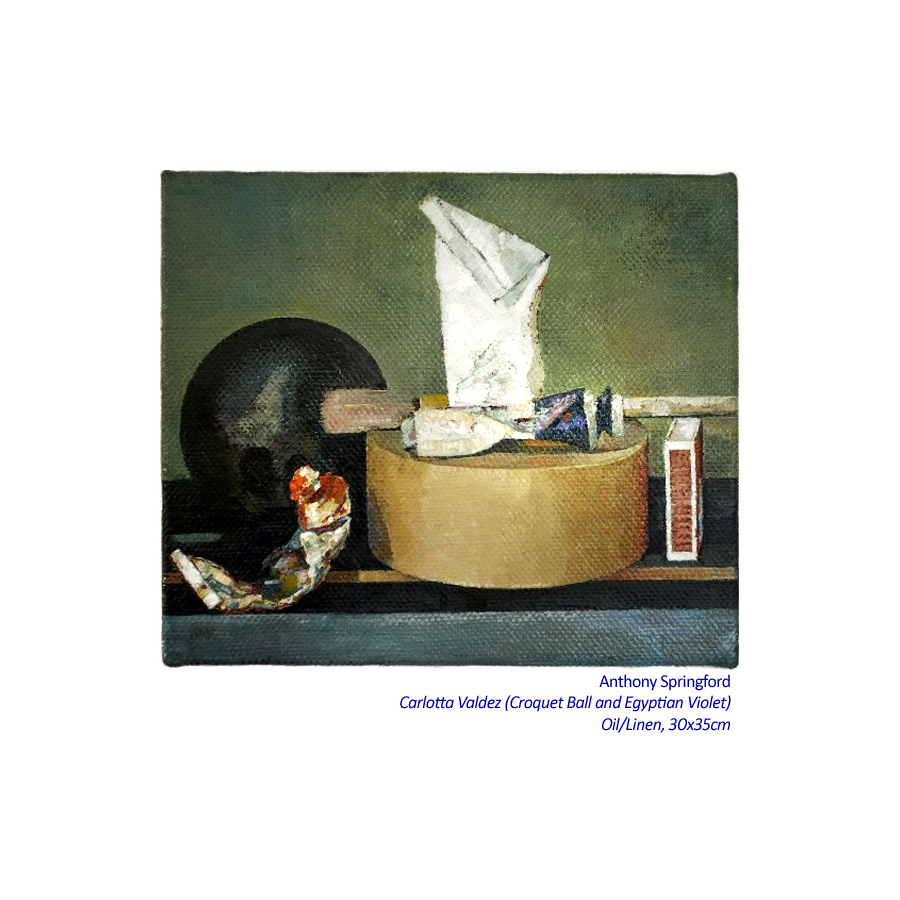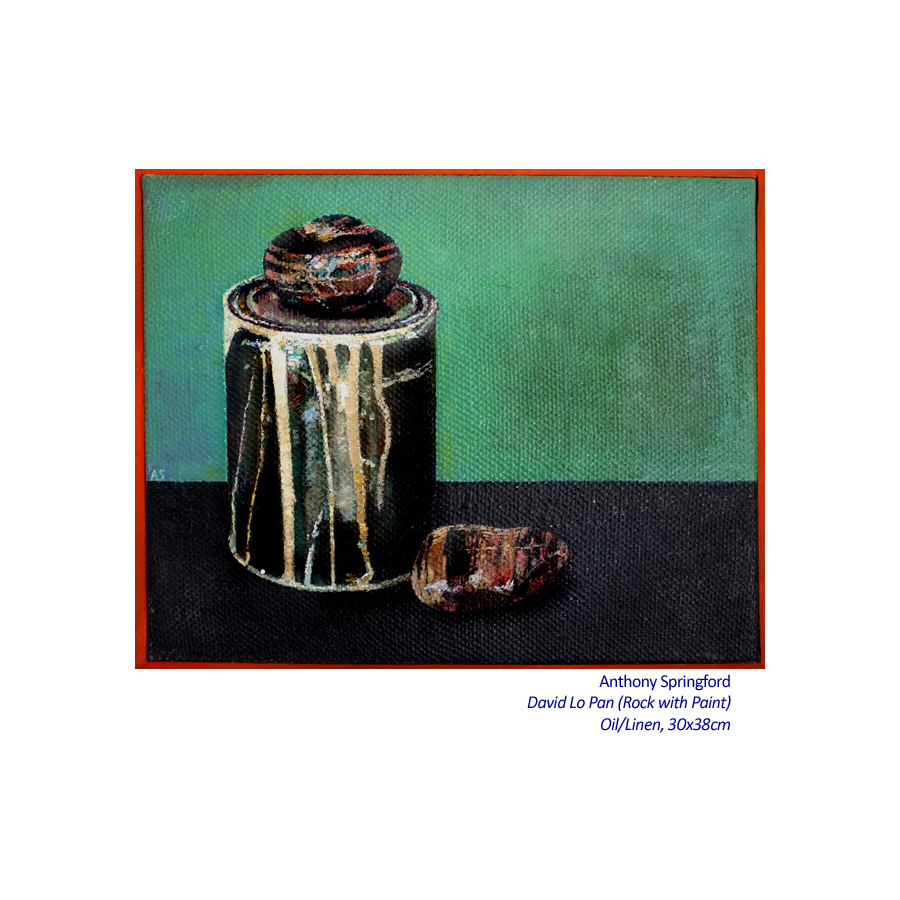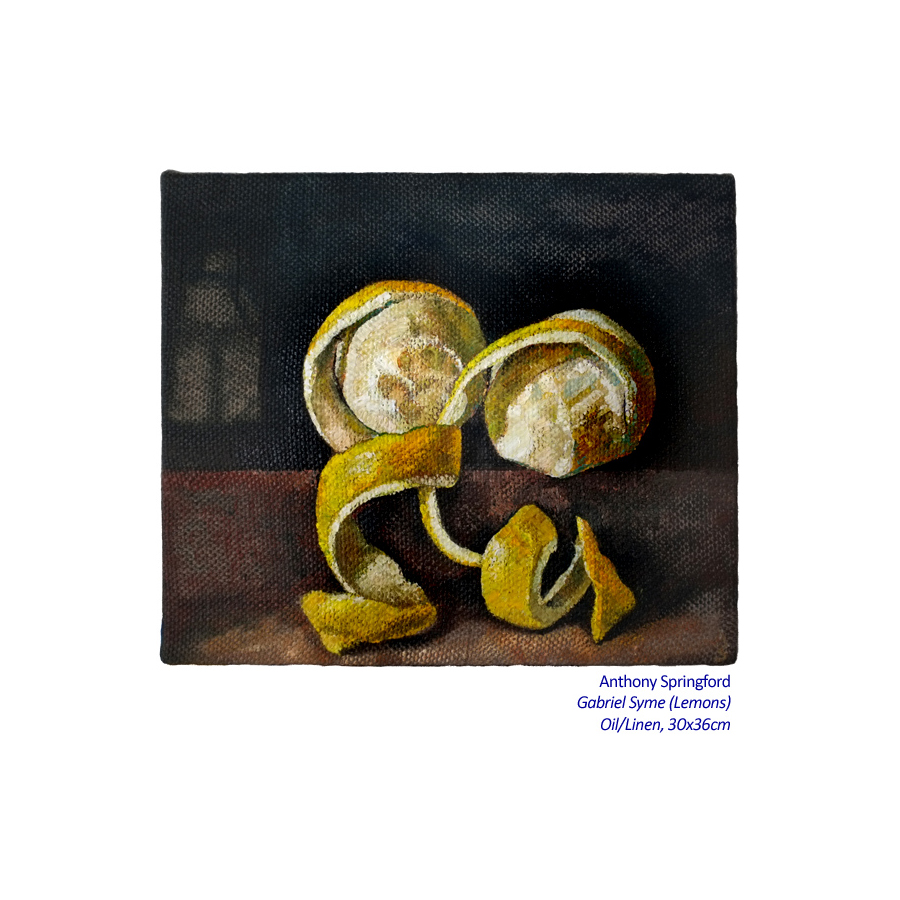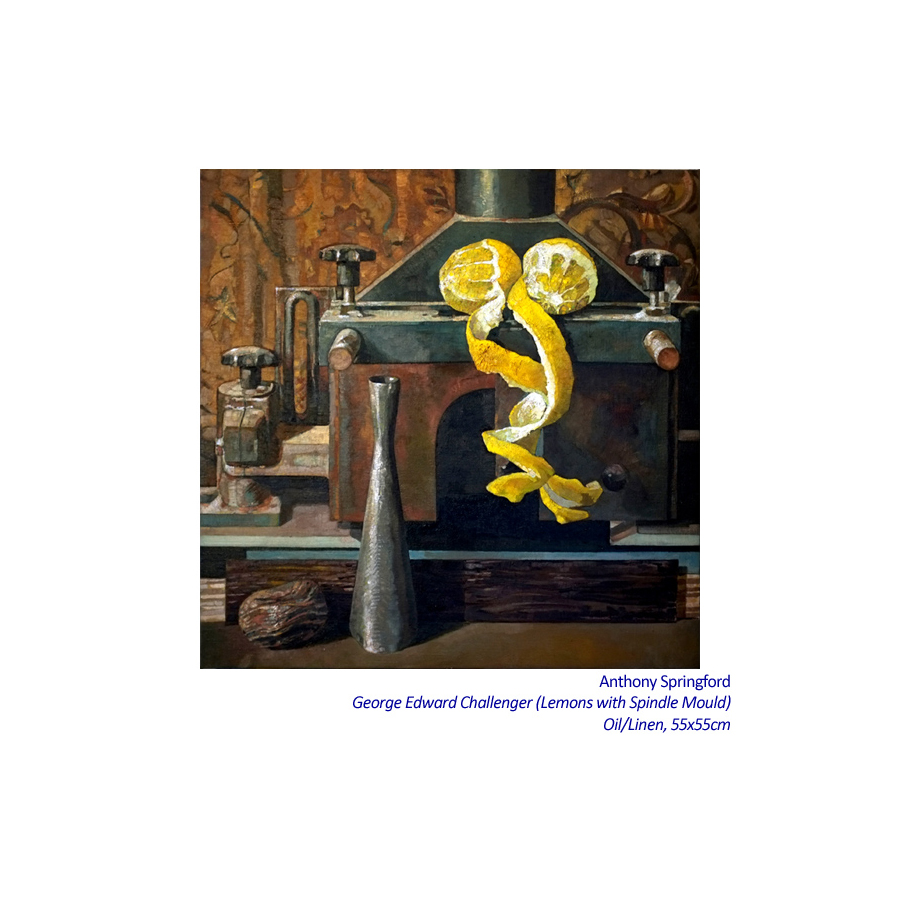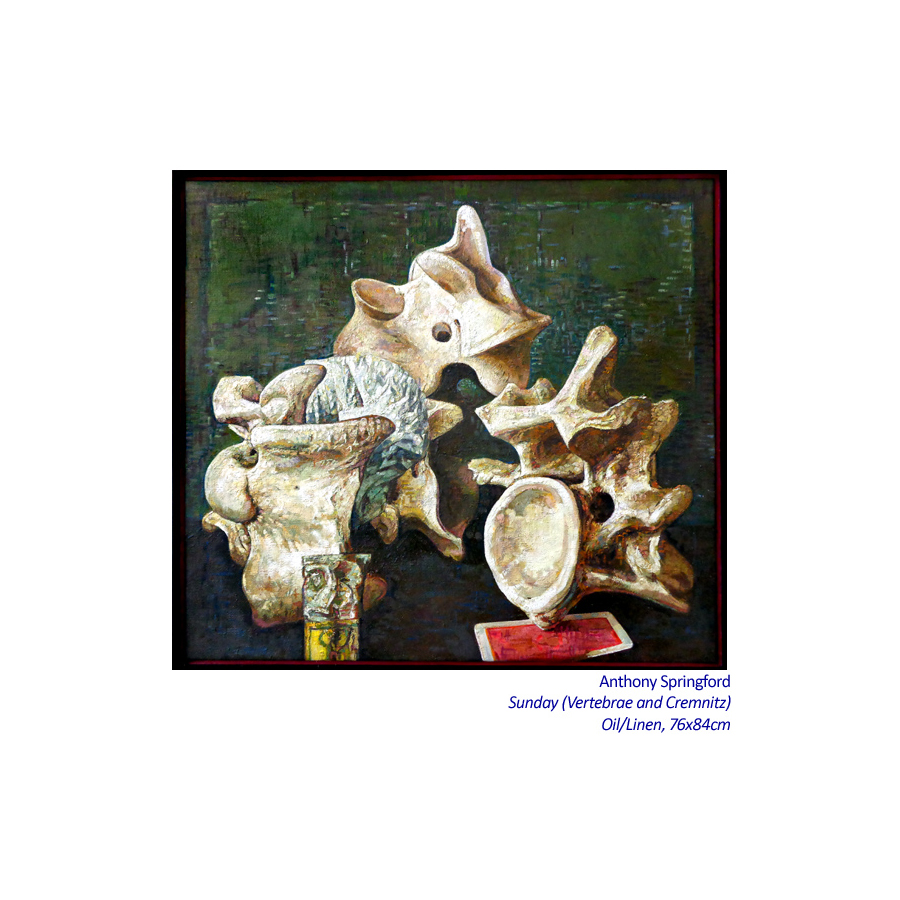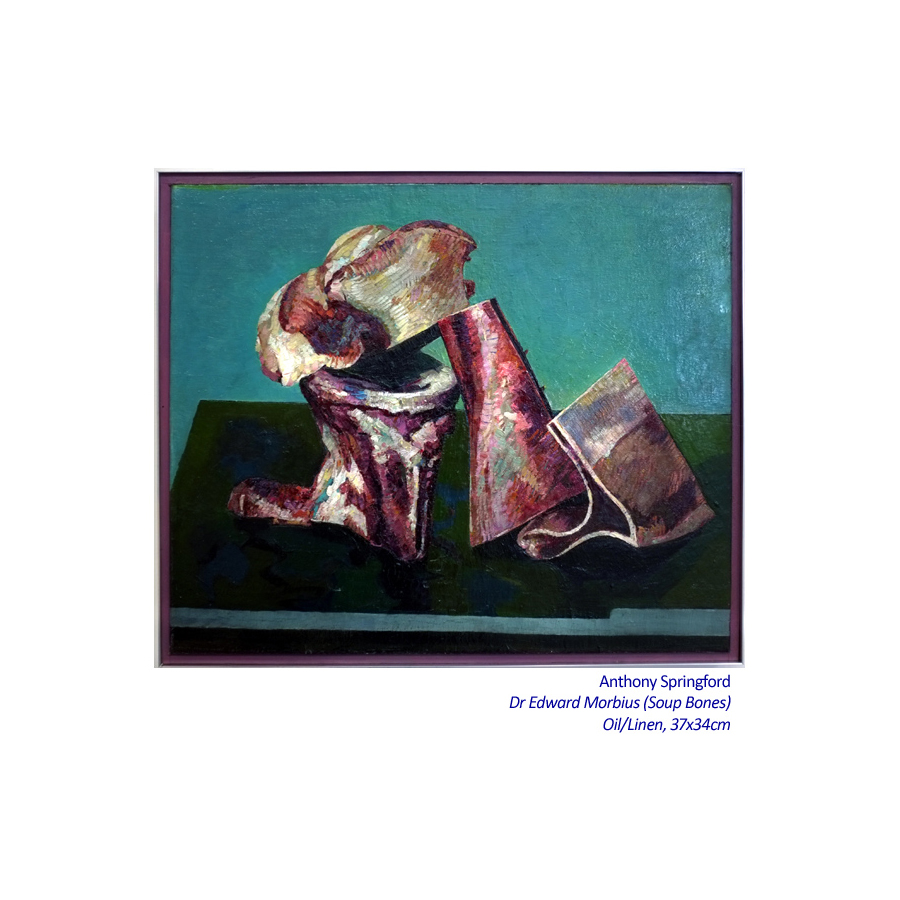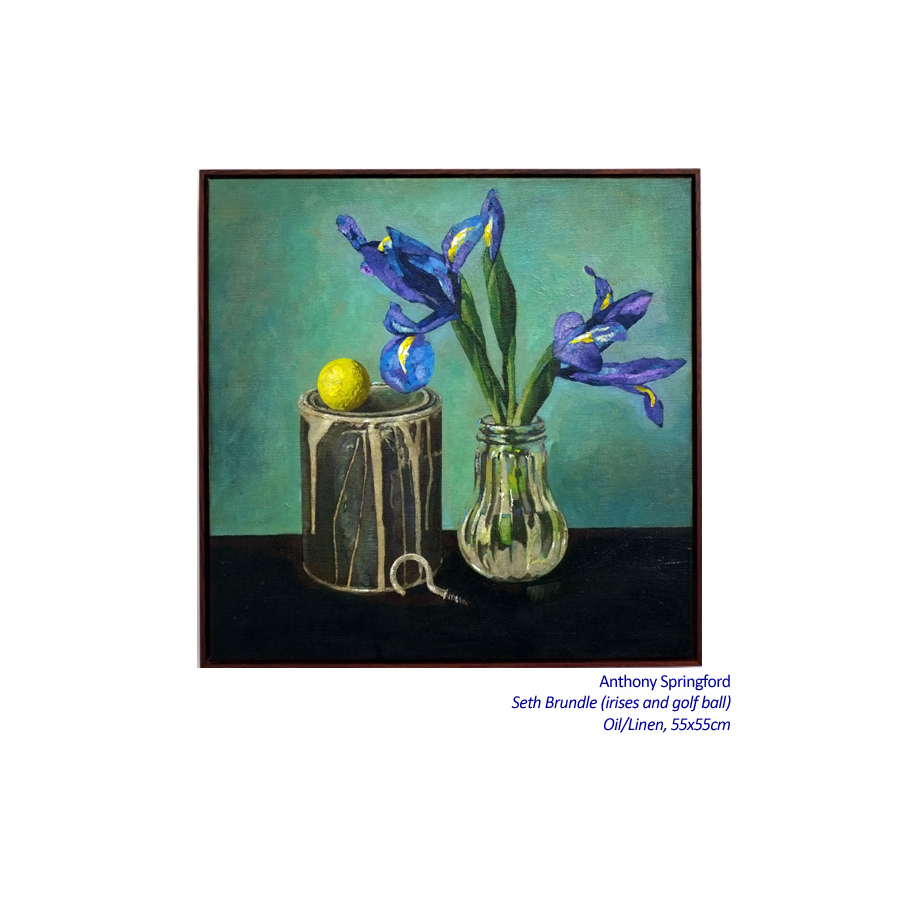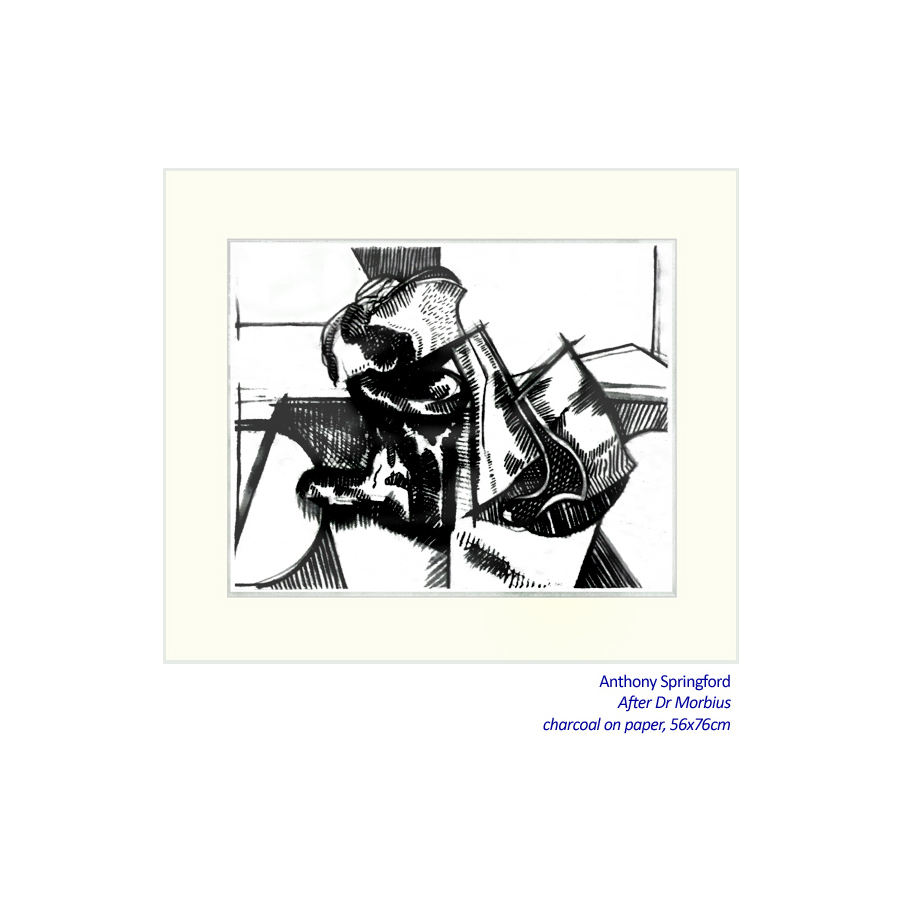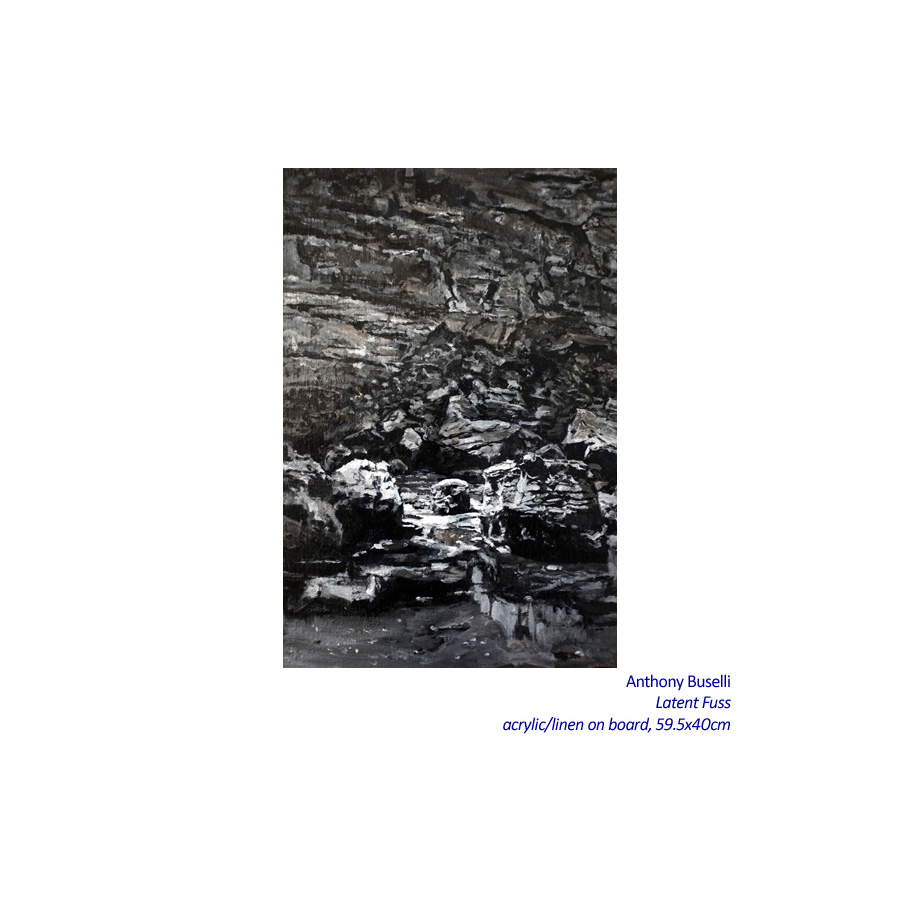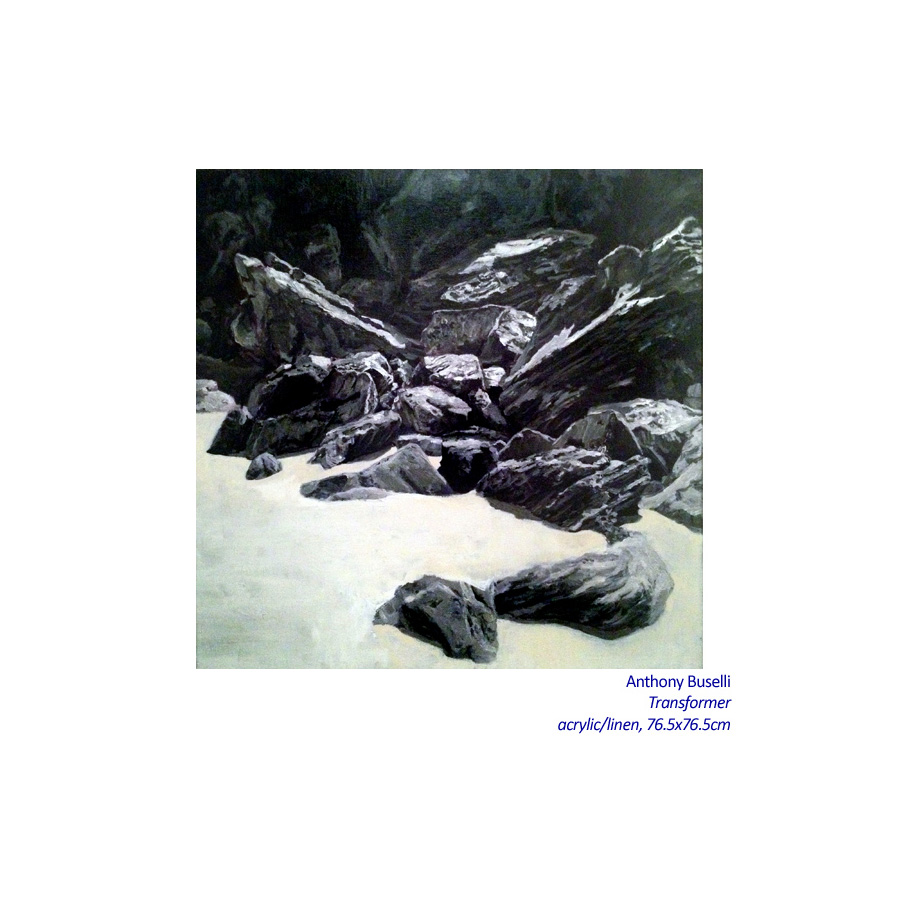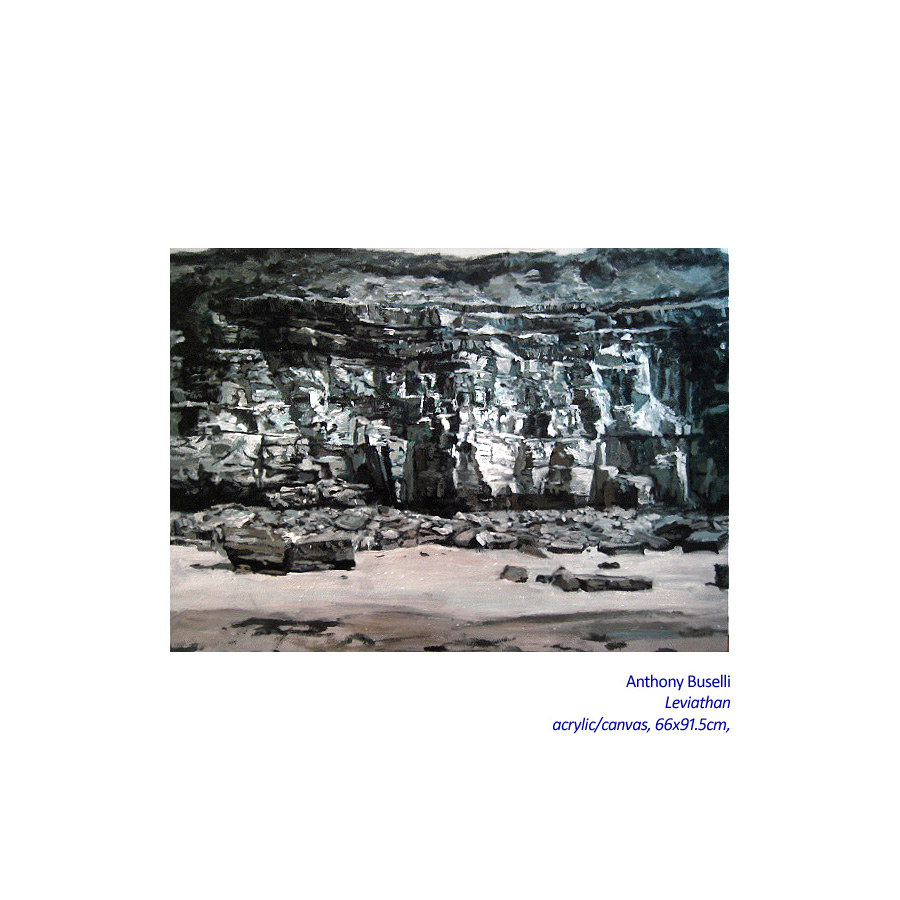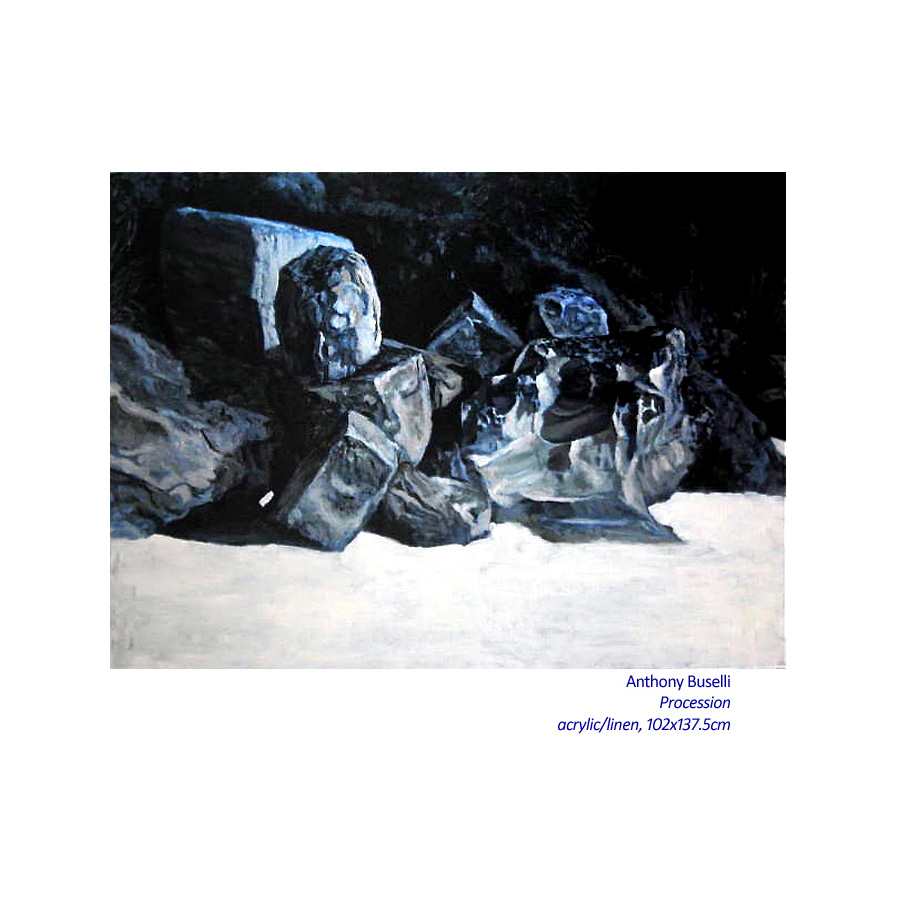..then all collapsed...
12 - 27 October 2013
"..then all collapsed..." is a fragment of the last sentence of Moby Dick:
"Now small fowls flew screaming over the yet yawning gulf; a sullen white surf beat against its steep sides; then all collapsed, and the great shroud of the sea rolled on as it rolled five thousand years ago."
Anthony Buselli and I have been good friends for a very long time (close to 20 years!). We have been talking about painting - especially the history of painting and how painting works - for all that time, and we have both been thinking about Realism and Moby Dick while we have been preparing for this show. You could say these are echoes of a 19th Century fascination with materiality going on, as well as a paradoxical enthusiasm for post-war abstraction (including Robert Ryman and Lucio Fontana) and photography.
Anthony Buselli paints ambiguous rock faces and landscapes in a way that references Courbet, abstract painting and photography.
"In this body of work I have chosen to start from my own photographs, painting on canvas using metallic pigments. The metallic colours emphasize the flatness of the painted surface. The shimmering effect de-stabilises the representation of spatial constructions within the composition.
It was this push-pull effect that heightened the drama and ambiguity of the paintings and usurped the power of the source photos....Initially the subject of this exhibition seemed to be history and memory because of the references to silver gelatine processing and the black and white imagery. In the process of translating a photographic image to paint on canvas, some fidelity and detail of the image is lost. But there is a reversal or change of parameters, and the gain that is made from this loss is finding what makes a painting work. The impossibility of creating an absolutely neutral copy means the medium becomes the subject. The artist is the filter."
Anthony Springford's work is about ambiguity, flesh and bodily space in a still life mode. The result is neither abstraction nor straight figuration.
"My thinking moves between Baroque still life, 19th Century realism, and post-war European abstraction (such as Robert Ryman and Lucio Fontana) because these artists made art about the way an image could hold as an image - but often only just - while containing a weight of gaps, ambiguities and chaos´.
These paintings are quiet and small, because I want them to be modest, and the spaces I construct are gently Baroque, convoluted, open and inter-penetrating. The transitional parts, like the frames or the canvas tooth, are almost over determined. On the brink of too much. Similarly, bones, meat, and even plants, are living surfaces that shift and change, and it fascinates me that these bones especially could be be both horrifying or appetising, repellent or desirable, to the same viewer, at the same moment.
These paintings are all named after fictional or mythological characters for whom identity is provisional, multiple or in crisis. They are hysterical, Dionysian or divided against themselves. This is because, if I am for anything in my painting, it is to evade categories, institutions and narratives.
For someone who only looks only for unified meanings and stable ideas my paintings are probably quite unsatisfying. I'm more interested in transitions and flows, oozes and flops; moments when the matter or body of the world interrupts the flow of ideas; when muscles are as light as air; when the tongue gets caught making a word; when an image collapses into paint or texture; or when substance, space and thought run together, and we are reminded that life is liveable only when it exceeds us."

